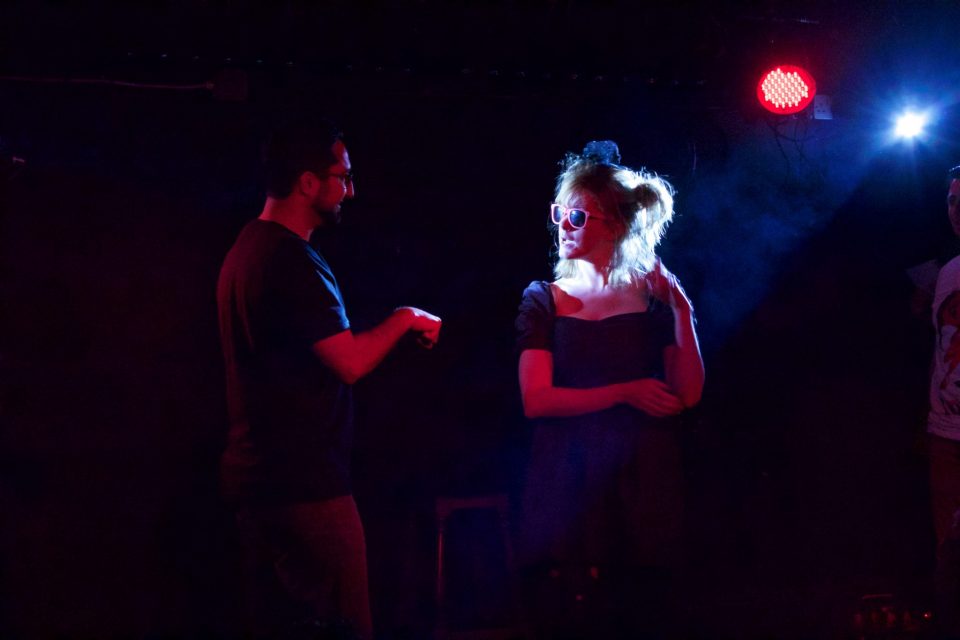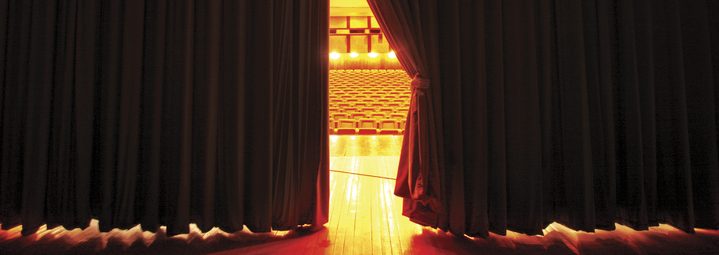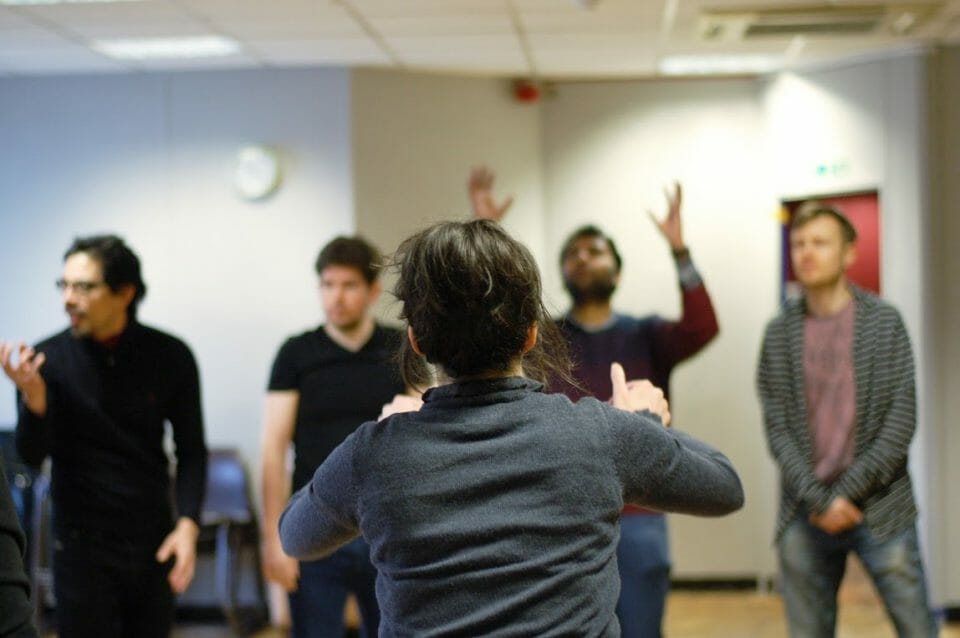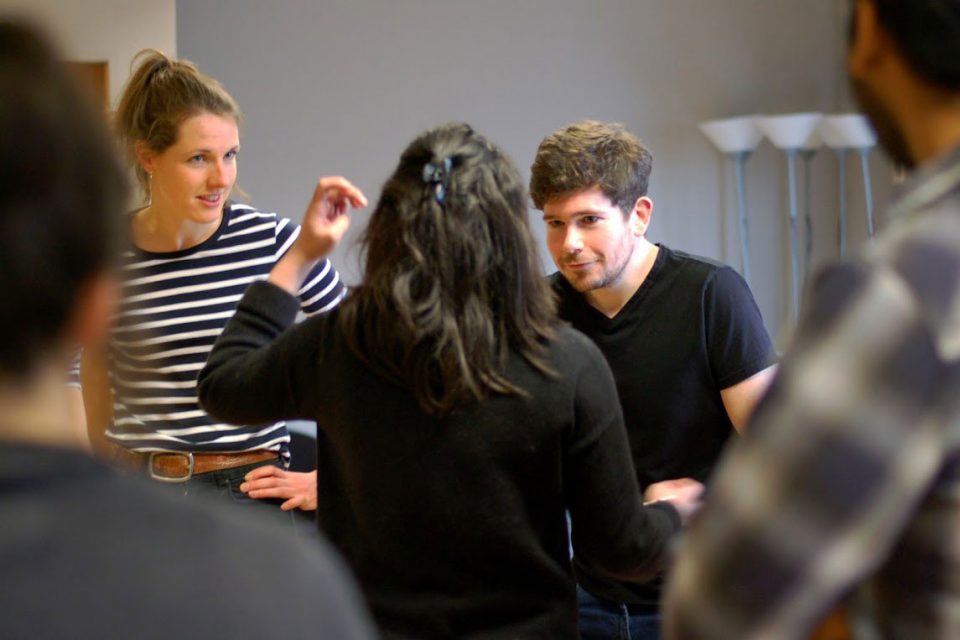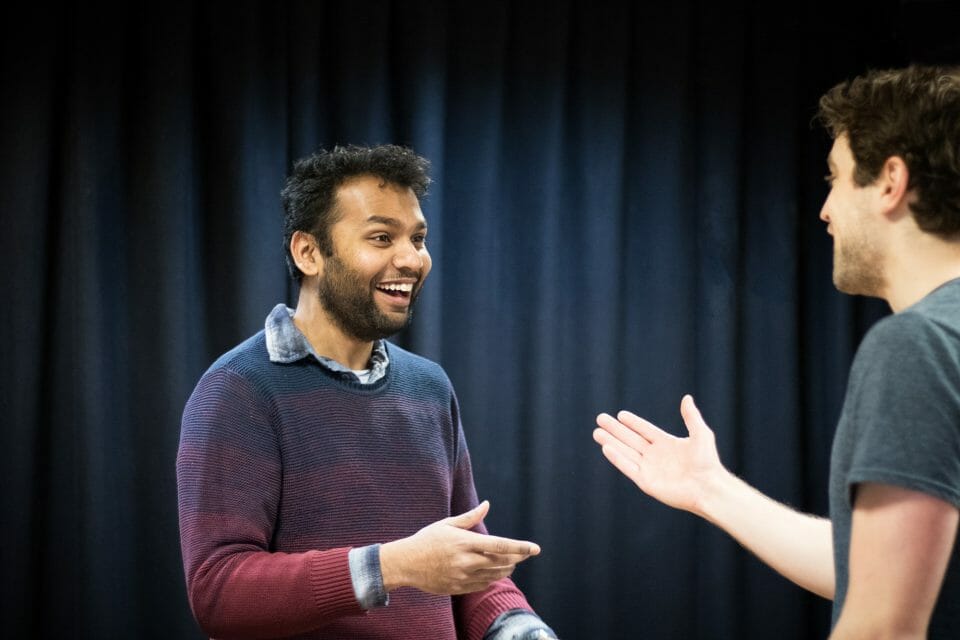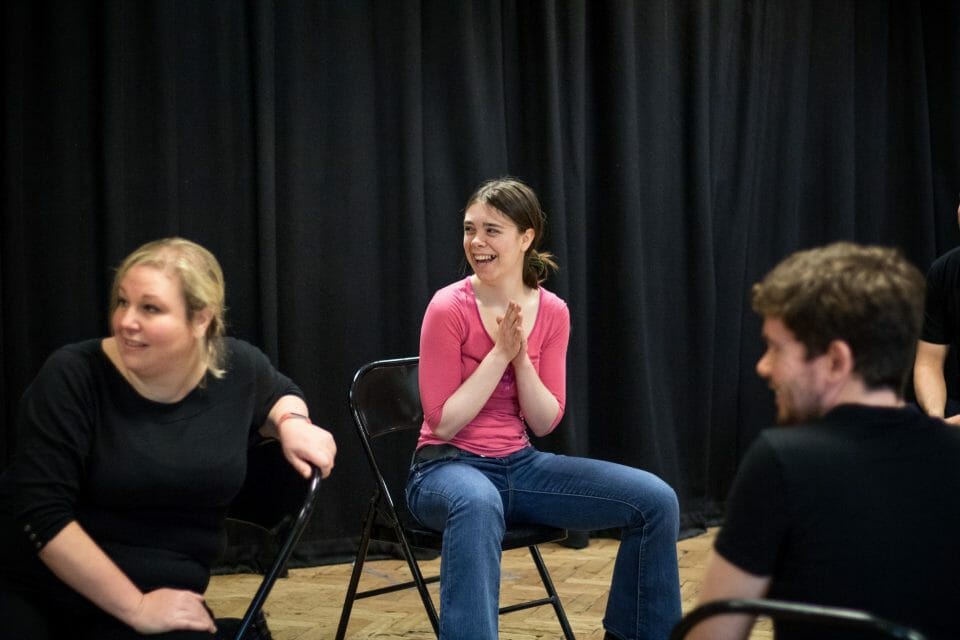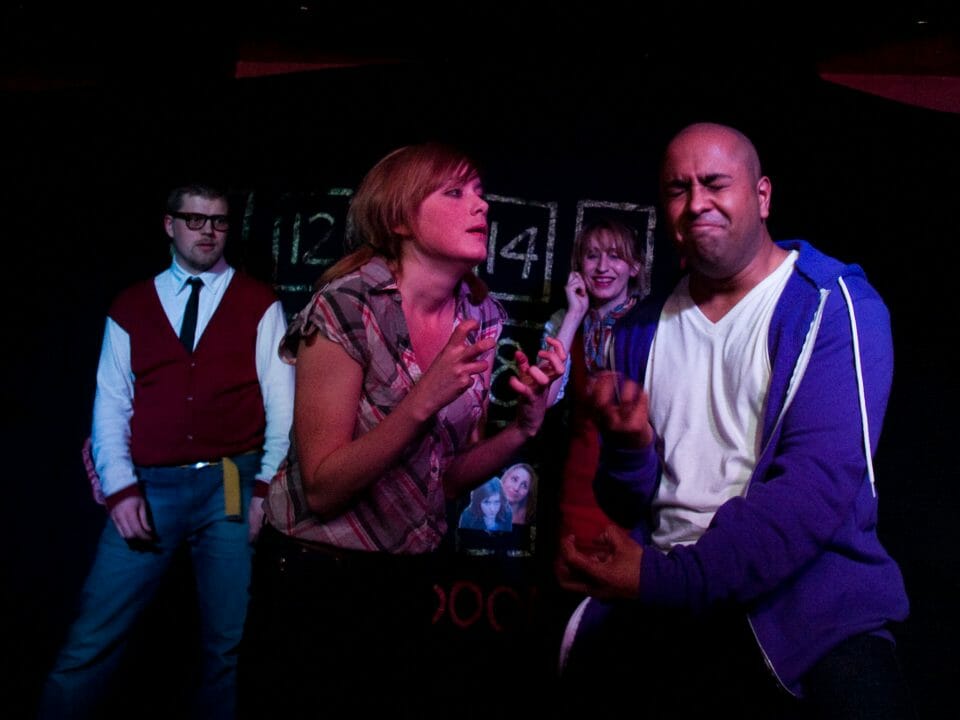We love The Annoyance Theatre in Chicago. We first learnt this exercise from Susan Messing (The Annoyance, Second City, iO) when she came over to London to teach a series of workshops. For more about The Annoyance style we highly recommend Mick Napier’s books. 5 or so improvisers lined up along the back wall. The[…]
This exercise is the ultimate way to fully understand making each other look good. One improvisers is deliberately being a “bad” improviser in the scene by blocking ideas, being unhelpful, being negative. Whatever they think of as “bad” improv is that is what they do. Their scene partner will attempt to still make the scene[…]
This exercise is great for teaching scenes based on relationships and feelings. In fact a couple of improvisers we know use this as their main thing when performing scenes, and it creates beautiful relationship based scenes. One improviser can use any dialogue they want in the scene. The other improviser can only say “You look”[…]
This is a really fun and effective exercise to teach scene structure. This exercise isn’t a rule of how to do scenes, it’s just practice, and you can play around with it a lot and work out your own variations. In reality in a show there are endless ways to do scenes, these type of[…]
A classic Keith Johnstone exercise. In improvised scenes we try to accept and build on the offers of our scene partners, instead of block or negate them. Keith found that by asking people to first deliberately block ideas they were then more able to notice and control that behaviour and switch from blocking to accepting[…]
The whole group plays together. Anybody shouts something for the group to do and immediately the whole group shouts “YES LET’S!” in an enthusiastic way and then does that thing. Then someone says another offer and the group again shouts “YES LET’S” and does that thing. Ideally the offers are connected to each other and[…]
A simple warm up exercise that is really good for getting improvisers connected to each other. Everyone in pairs stood opposite their partner. One of them can move however they want. The other is being their mirror image, copying their emotions, face and movements. After a couple of minutes swap over roles so the leader[…]
This exercise is helpful for relieving nerves and for when a group is feeling too much pressure to be immediately funny. Everyone stood in one big circle. Two by two people improvise a short scene with the person next to them that is as boring as possible. The teacher helps by saying “boring boring boring”[…]
This is a fantastic show game that is a crossover between short-form and long-form, and is a great exercise for introducing people to longer scenes, spotting patterns and playing with characters and relationships. One player is on stage the whole time. The audience give them a character name. The rest of the cast then play[…]
The simplest way to start scenes is to start with agreement on one of these things: Agreement on location. Agreement on activity. Agreement on relationship. Agreement on emotion. Agreement on character. Agreement on atmosphere. As an exercise the teacher states what agreement we are looking for and the two improvisers find that agreement at the[…]
Two parallel lines of improvisers facing each other, so everyone is in a pair. Start at one end. Each pair has to improvise a three line scene where the characters know each other and like each other and nothing bad is happening to either of them. If the first pair achieve that you move on[…]
This is named after the first suggestion that got used in this exercise and is used in the example below. The point of this exercise is to encourage people to play obvious to the audience suggestion and get on stage without over thinking things. This can give a quick Who What Where without having to[…]



